Tetraodontiformes: Plectognaths
This is one crazy group of fishes! You've got round fishes, flattened fishes, even box-shaped fishes! There's even fishes that don't know how a fish is supposed to look! Many species have modified scales, which are spines or spikes. The teeth are also usually modified for crushing their food. They are also unable to protrude their jaw, as the premaxilla is fused to the maxilla.
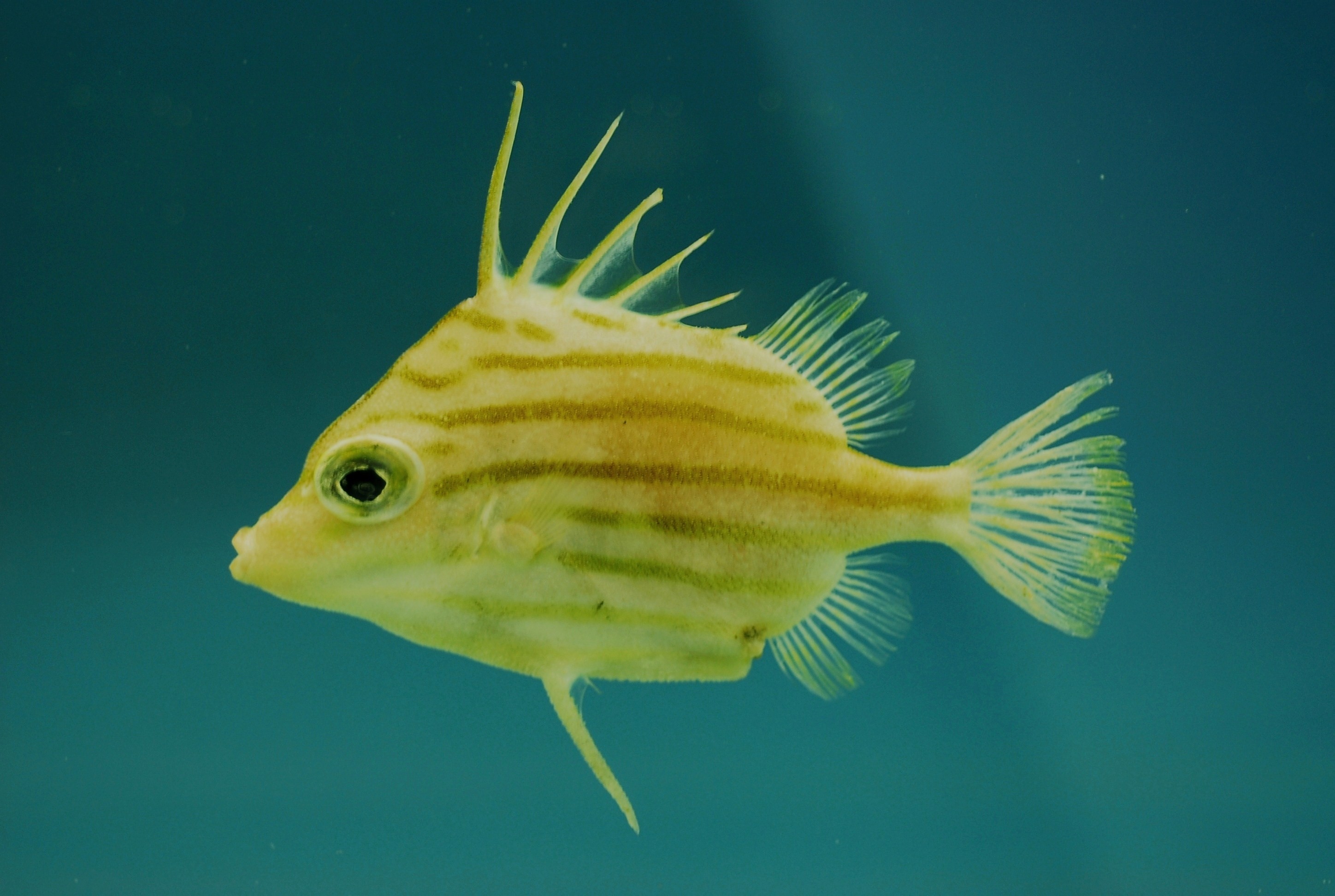
Triacanthodoidei: Spikefishes
There is only one family, Triacanthodidae. These fishes are noted for their elongated spiky dorsal fins.
Balistoidei
Guess what defines this suborder! A bunch of osteological characters that won't make sense unless you're an ichthyologist. And if you're an ichthyologist, you should go read Nelson, because it's fun.

Triacanthidae: Triplespines
These fishes get their name from the elongated first dorsal spine, and the two spines which are the only remnants of the pelvic fins. Hence the name triplespines. Because triple means three. Get it? Got it? Good.
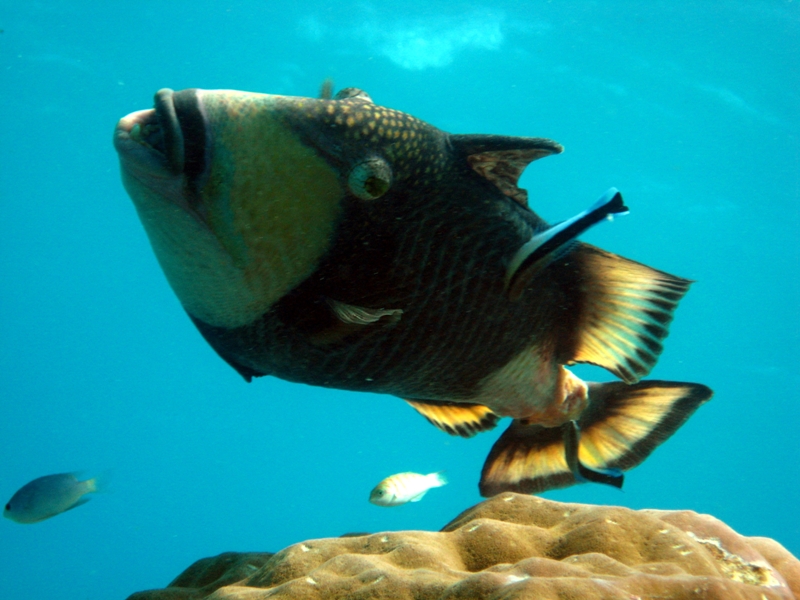
Balistidae: Triggerfishes
These fishes are laterally compressed and lack pelvic fins. They get their name from the first dorsal spine, which is enlarged and can lock into place when erected. The "trigger" is the second spine, which when pushed, allows the first spine to lower. This mechanism allows the fish to wedge itself into a crevasse and lock into place, although I don't know what keeps a predator from breaking the spine and pulling the fish out...
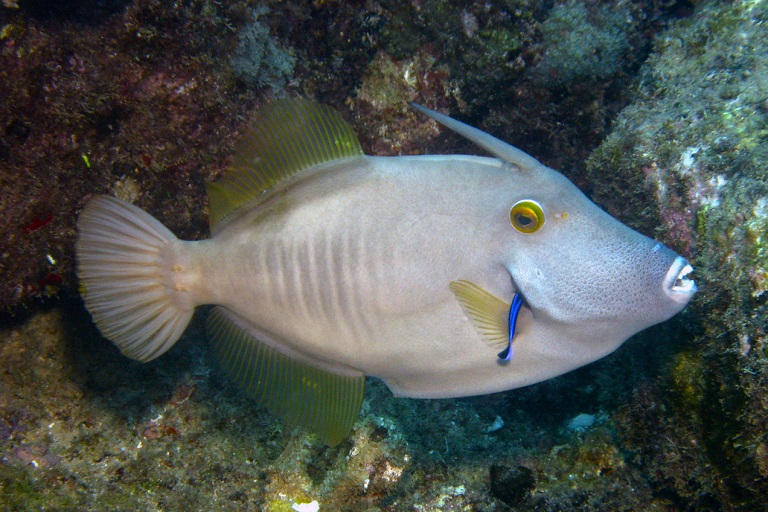
Monacanthidae: Filefishes
These fishes have a large dorsal spine, with a smaller or absent second spine. I have seen preserved specimens, and their teeth are like something out of a horror movie.
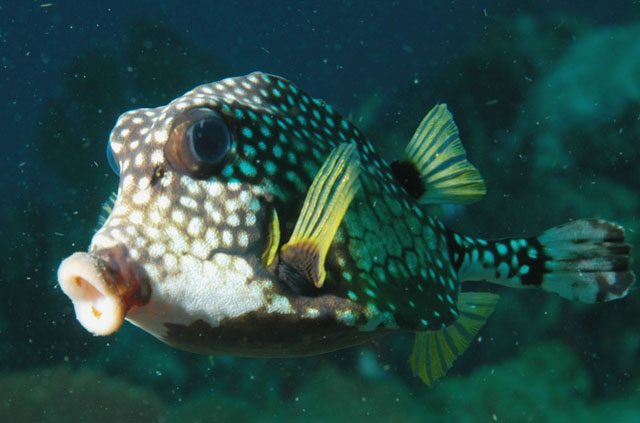
Ostraciidae: Boxfishes (Cowfishes, Trunkfishes)
These fishes are super neat because they are encased in a bony shell, with holes for only their fins, mouth, eyes, nostrils, and anus. Some, like the cowfishes, have horns that protrude from the head. Some of these fishes can also produce a toxin known as "ostracitoxin," which is toxic to other fishes in the area.
Tetraodontoidei
These fishes have "teeth," which are actually formed as part of the jaw. They are classified based on how many "teeth" they have, whether they are fused in the middle or not. All families besides Molidae are able to inflate their bodies to intimidate predators, which is done by bringing water into part of the stomach. The water is then expelled once the predator is gone. If a fish is brought out of the water, it can inflate with air (causing it to float on the surface like a balloon). If a predator is unlucky enough to swallow a fish before it inflates, it can often choke on its rapidly-growing prey.
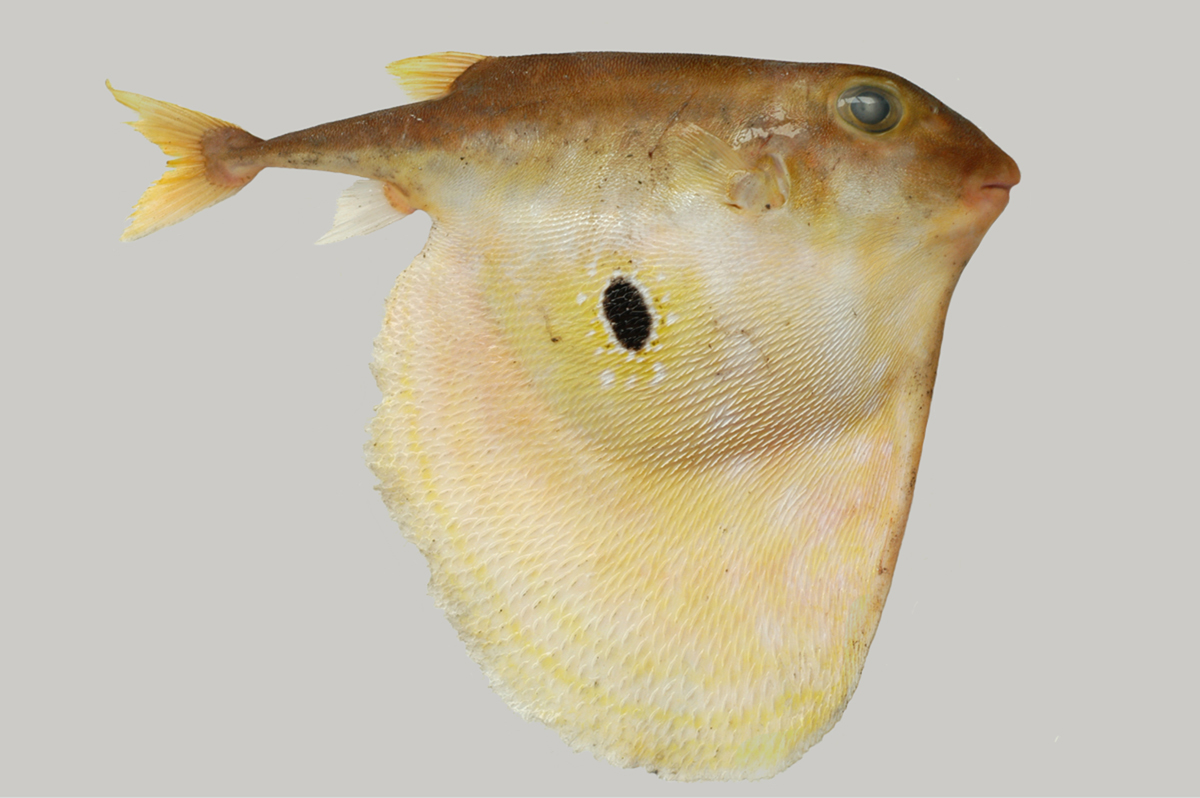
Triodontidae: Threetooth Puffers
There is only one species, Triodon macropterus. This fish has a large pelvic flap, which it can inflate to make itself look much larger. There is also an eyespot on the flap, to confuse predators. It has two "teeth" for the upper jaw but only one for its lower jaw.
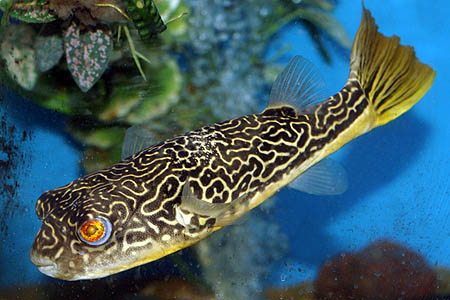
Tetraodontidae: Puffers
These fishes have two "teeth" in each jaw and lack prickles, although some species may have them on the bottom. Puffers are famous for containing tetraodotoxin, one of the most poisonous compounds produced by animals. It is concentrated in the liver and gonads, and is fatal if ingested. However, the meat is edible if prepared properly, and this fish (known as fugu) is a delicacy in Japan.
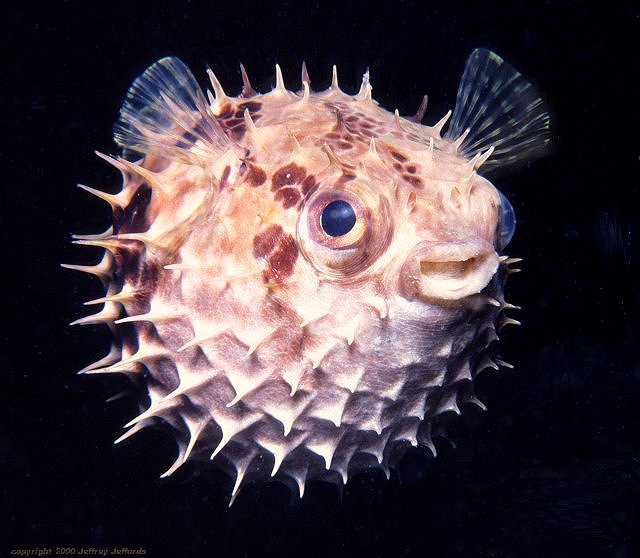
Diodontidae: Porcupinefishes (Burrfishes)
This last group of inflatable fishes have one fused "tooth" in each jaw. They have well-developed spines that are usually visible even when the fish is not inflated.
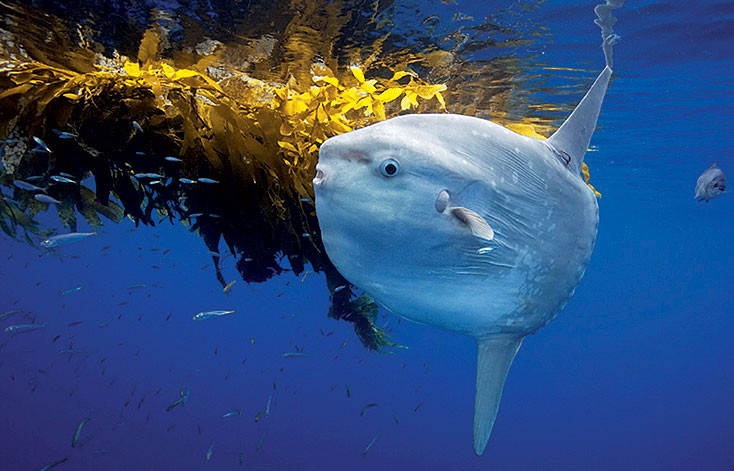
Molidae: Molas
This family is one of the craziest groups of fishes you've ever seen. They have beaks like the other tetraodontoids, and lack a true caudal fin, instead having a pseudocaudal (the clavus). This family contains the heaviest known bony fish, the ocean sunfish (Mola mola). They also lack a swim bladder, as they spend most of their time drifting in the ocean currents. Their buoyancy is assisted by the lack of true bone, instead having a cartilagenous skeleton.